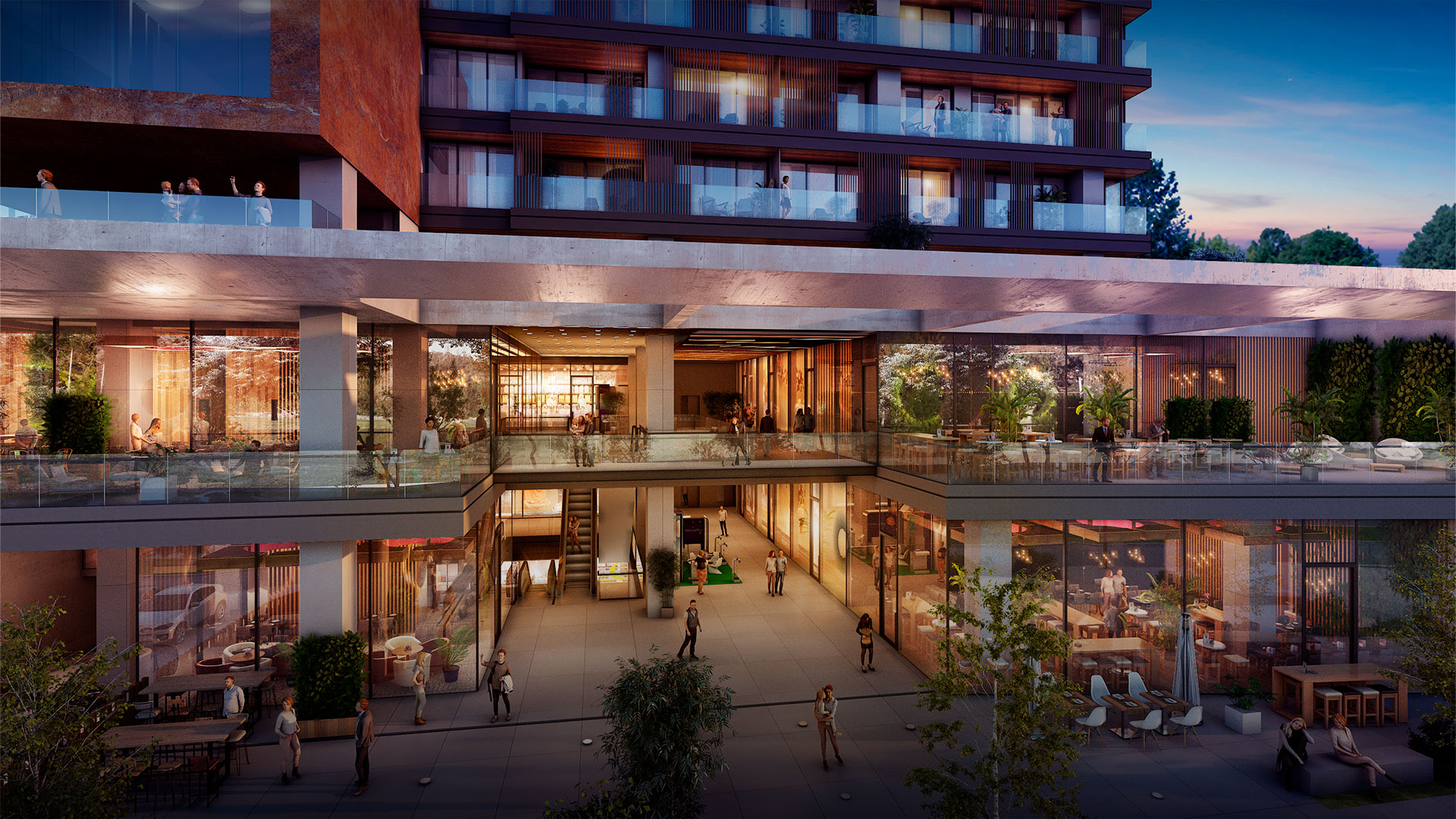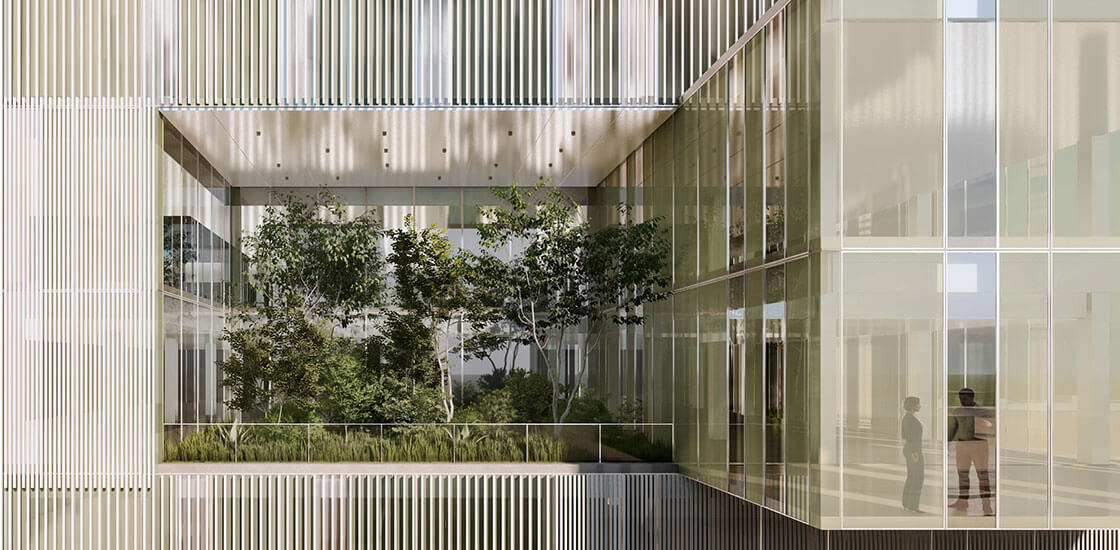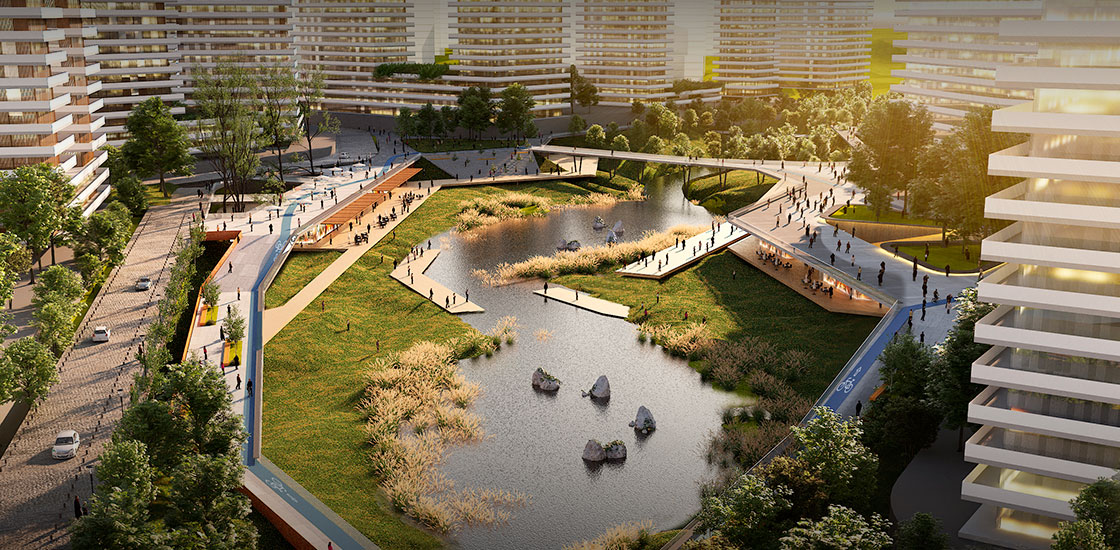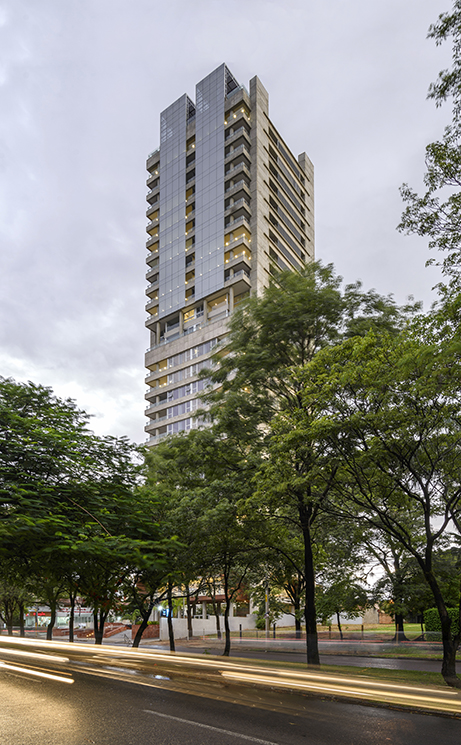

Reading time: 12 minutes
In an era where e-commerce startups and retail ventures are increasingly embracing physical storefronts as a strategy for growth and evolution, the retail sector is undergoing a dramatic transformation. Despite the digital commerce boom, which seemed poised to overshadow traditional retail, the industry is far from fading away. Instead, we are witnessing its reinvention, marked by a significant shift in the purpose and format of brick-and-mortar stores.
Architecture wields the power to forge emotional connections between spaces and their occupants. By engaging both the senses and the intellect, architectural spaces can create deeply resonant and memorable experiences. Crafting such experiences goes beyond spatial and design principles; it requires a nuanced understanding of human interaction within these spaces.
At the heart of this approach is user-centered architecture, which aims to design spaces that resonate on an emotional level. The architectural design process is evolving to prioritize the needs and behaviors of its users, focusing on functionality, and leveraging data to better serve the diverse needs of space occupants. Experiential architecture, a concept refined over time through the dynamic interplay between humans and their environments, represents a shift towards designing spaces that are not only functional but also emotionally engaging.
The design of an experiential space considers a multitude of factors, from the product and brand to the service and the physical characteristics of the space itself. Understanding user intent and mindset is crucial, as these elements drive engagement with the space and its offerings. The core of this approach lies in the seamless integration of interaction, expectations, and the physical environment.
A study by Gensler highlights five modes of user interaction within commercial spaces, including mixed-use, hospitality, corporate, and retail environments:
Task Mode: Users with a specific purpose, focused and direct in their approach.
Social Mode: Users aiming to connect with others, often blending this mode with others.
Entertainment Mode: Users seeking an escape from daily routines through entertainment.
Discovery Mode: Users without a specific plan, looking to explore and pass the time.
Aspirational Mode: Users seeking personal growth or connection with a larger purpose.
The study found that 15% of mall visitors come for social reasons, 7% for entertainment, 49% with specific tasks in mind, 19% to discover or learn something new, and 10% in search of inspiration or personal growth.
Key insights from the study emphasize the importance of physical stores in building emotional connections and brand engagement, highlighting the role of physical retail in humanizing brands and fostering community. Creating memorable experiences that inspire and connect requires a holistic understanding of the user experience, ensuring cohesive and seamless customer touchpoints. In today's digital age, where consumers have high expectations and access to abundant information, continuously updating and refreshing retail spaces is crucial.
The concept of "hypermixture" in mixed-use developments allows for a diverse range of offerings within a single space, enhancing value and positive perception among users. This approach advocates for flexible and multifunctional spaces that accommodate a variety of activities, from entertainment and dining to shopping and personal care, catering to a wide audience.
Experiential design must also be multigenerational, addressing the needs and interests of different audience segments. Before amplifying the shopping experience, it's essential to meet the basic needs of the process, including lighting, visual marketing, payment processes, and customer service, as these elements significantly impact the user's interaction with the space and overall experience.
Learn more about our commercial projects here
The intersection of architectural and service design introduces a novel approach to experience creation, where emotions play a pivotal role. Designers of both spaces and services have the unique ability to influence these emotions, crafting experiential journeys tailored to each user type. This involves designing every interaction, from entry to service engagement and the creation of memorable moments.
While user-centered design is crucial in mixed-use and retail sectors, its principles are equally applicable across various architectural programs, including healthcare and education. These sectors, which cater to diverse user types and service flows, are increasingly focusing on enhancing user experience. Service design, especially, is key to shaping experiences that bridge physical and digital touchpoints, expanding the potential for emotional engagement in both realms. This integration of service design and architecture paves the way for innovative experiences that transcend traditional spatial limitations, offering new avenues for emotional and experiential design in architecture.





